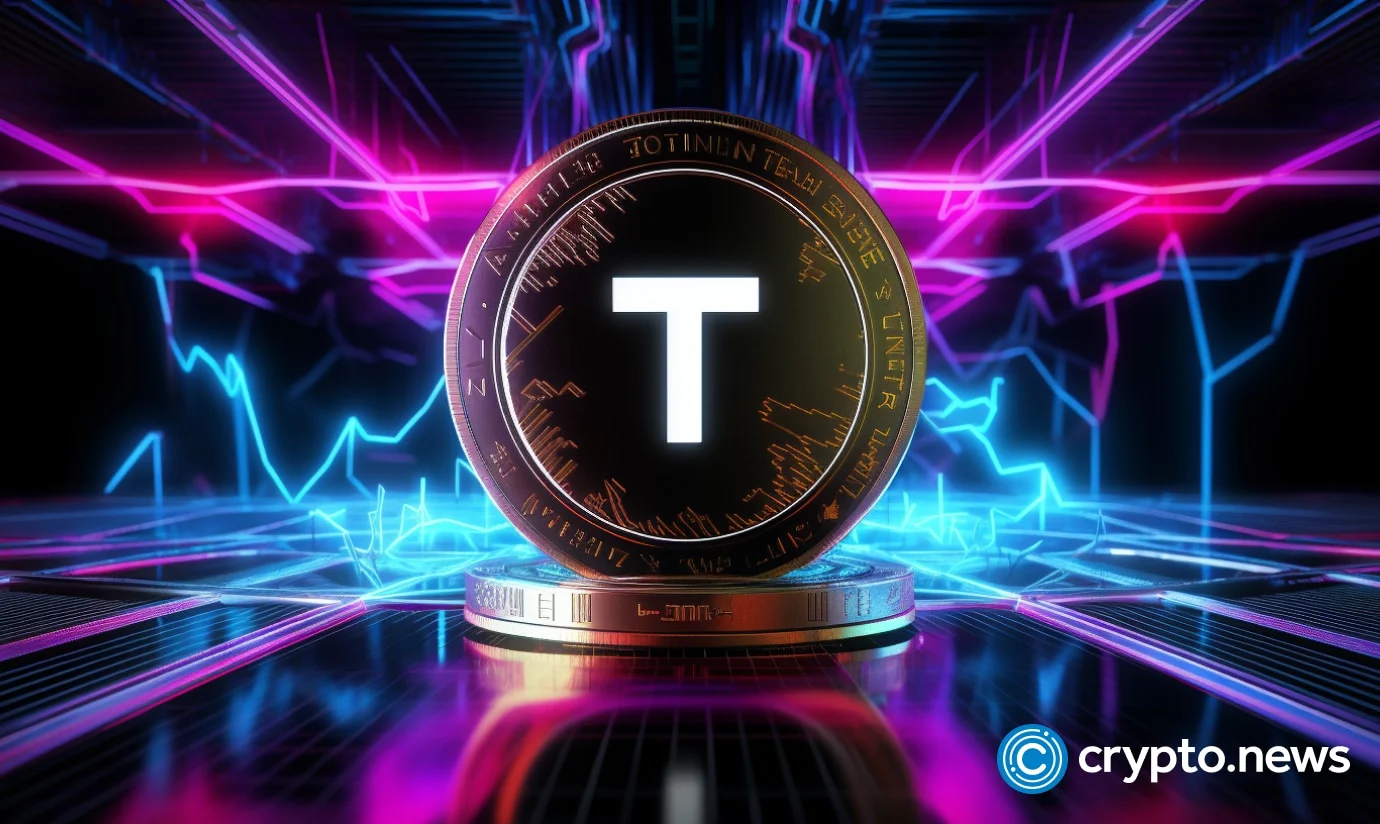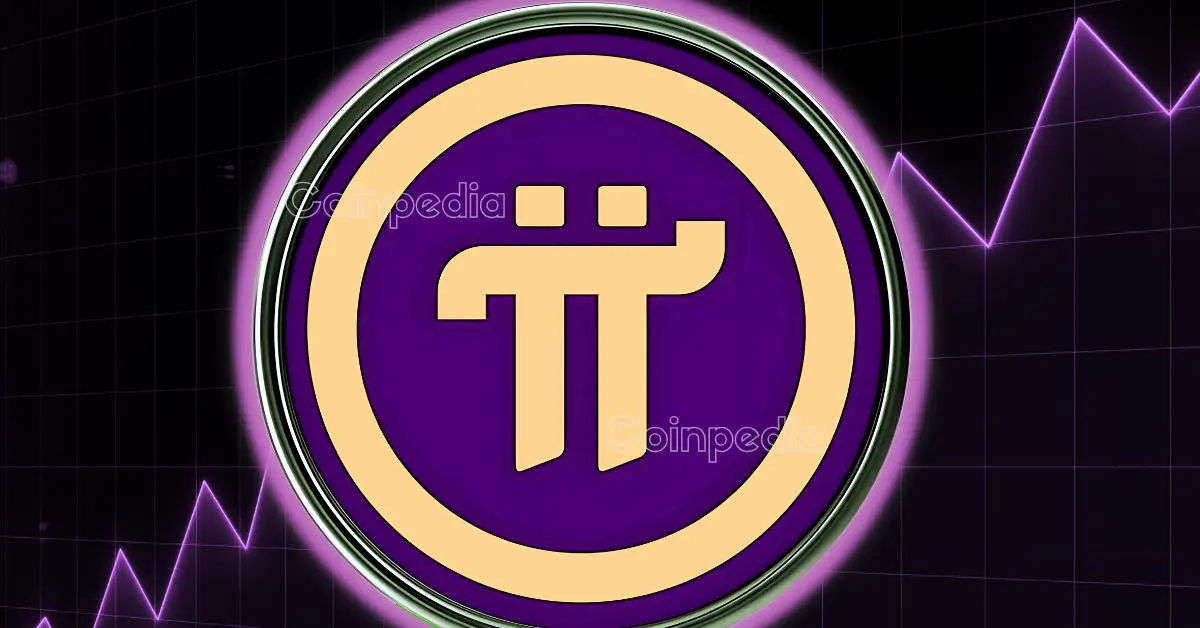Exploring the Stablecoin Multiverse: Tether’s Impact and What It Means for Us
In the ever-evolving world of cryptocurrencies, one particular segment has gained significant traction and attention: stablecoins. These digital currencies aim to maintain a stable value, typically pegged to a fiat currency or a basket of assets. With Tether (USDT) now used by — conservatively — over 400 million people, the stablecoin landscape is expanding at an unprecedented rate.
Tether: A Pioneer in the Stablecoin Space
Launched in 2014, Tether was among the first stablecoins to enter the market. It operates under the Omni Layer protocol, allowing users to issue and redeem Tether tokens for traditional currencies, such as the US dollar, Euro, or Japanese Yen, on a 1:1 basis. This feature provides stability and reduces the volatility associated with cryptocurrencies.
The Stablecoin Multiverse: A Growing Ecosystem
Tether’s success has paved the way for numerous other stablecoins, such as USD Coin (USDC), Binance USD (BUSD), and DAI, to enter the market. Each stablecoin offers unique features and advantages, contributing to a growing stablecoin multiverse. This diverse ecosystem caters to various use cases, from decentralized finance (DeFi) applications to cross-border payments and remittances.
Impact on Individuals: Seamless Transactions and Financial Inclusion
For individuals, stablecoins offer several benefits. They allow for seamless transactions, enabling users to send and receive value across borders without the need for intermediaries or lengthy processing times. Furthermore, stablecoins provide financial inclusion to those who may not have access to traditional banking services, enabling them to participate in the global economy.
Impact on the World: Disrupting Traditional Finance and Facilitating Innovation
On a larger scale, stablecoins have the potential to disrupt traditional finance by offering faster, cheaper, and more accessible financial services. They can facilitate innovation in various sectors, such as trade finance, supply chain financing, and cross-border payments. Stablecoins can also help bridge the gap between cryptocurrencies and the real economy, making digital assets more attractive to mainstream investors.
Regulatory Considerations
However, the rise of stablecoins also comes with regulatory challenges. Central banks and financial regulators around the world are closely monitoring their development and use cases. Issues such as transparency, collateral management, and consumer protection need to be addressed to ensure the stability and trustworthiness of stablecoins.
Conclusion: A Bright Future for Stablecoins
As the stablecoin multiverse continues to expand, Tether’s role as a pioneer remains significant. Its impact on individuals and the world is far-reaching, offering faster, cheaper, and more accessible financial services while disrupting traditional finance and facilitating innovation. However, addressing regulatory challenges is crucial for the long-term success and adoption of stablecoins.
- Stablecoins, such as Tether, offer stability and reduce volatility in the cryptocurrency market.
- They enable seamless transactions and financial inclusion for individuals.
- Stablecoins have the potential to disrupt traditional finance and facilitate innovation on a larger scale.
- Regulatory considerations are crucial for the long-term success and adoption of stablecoins.





